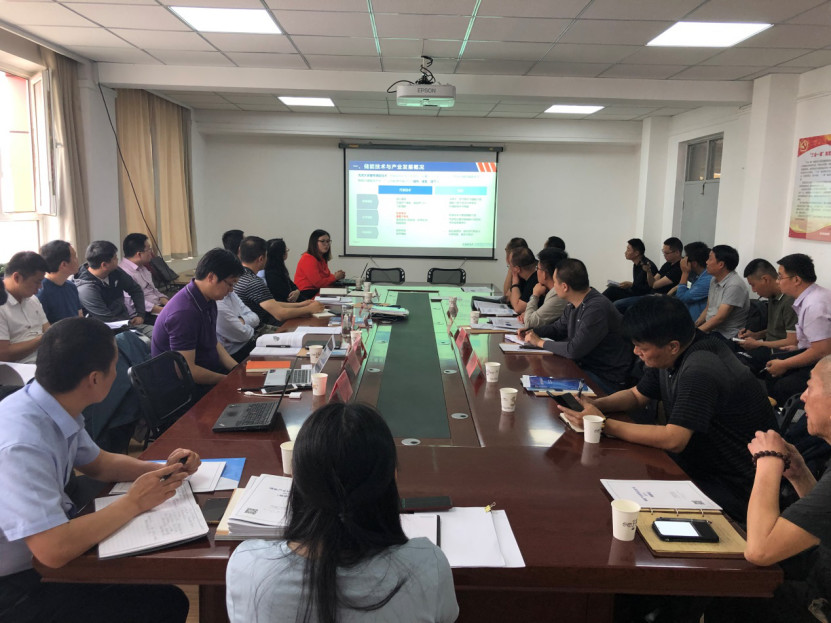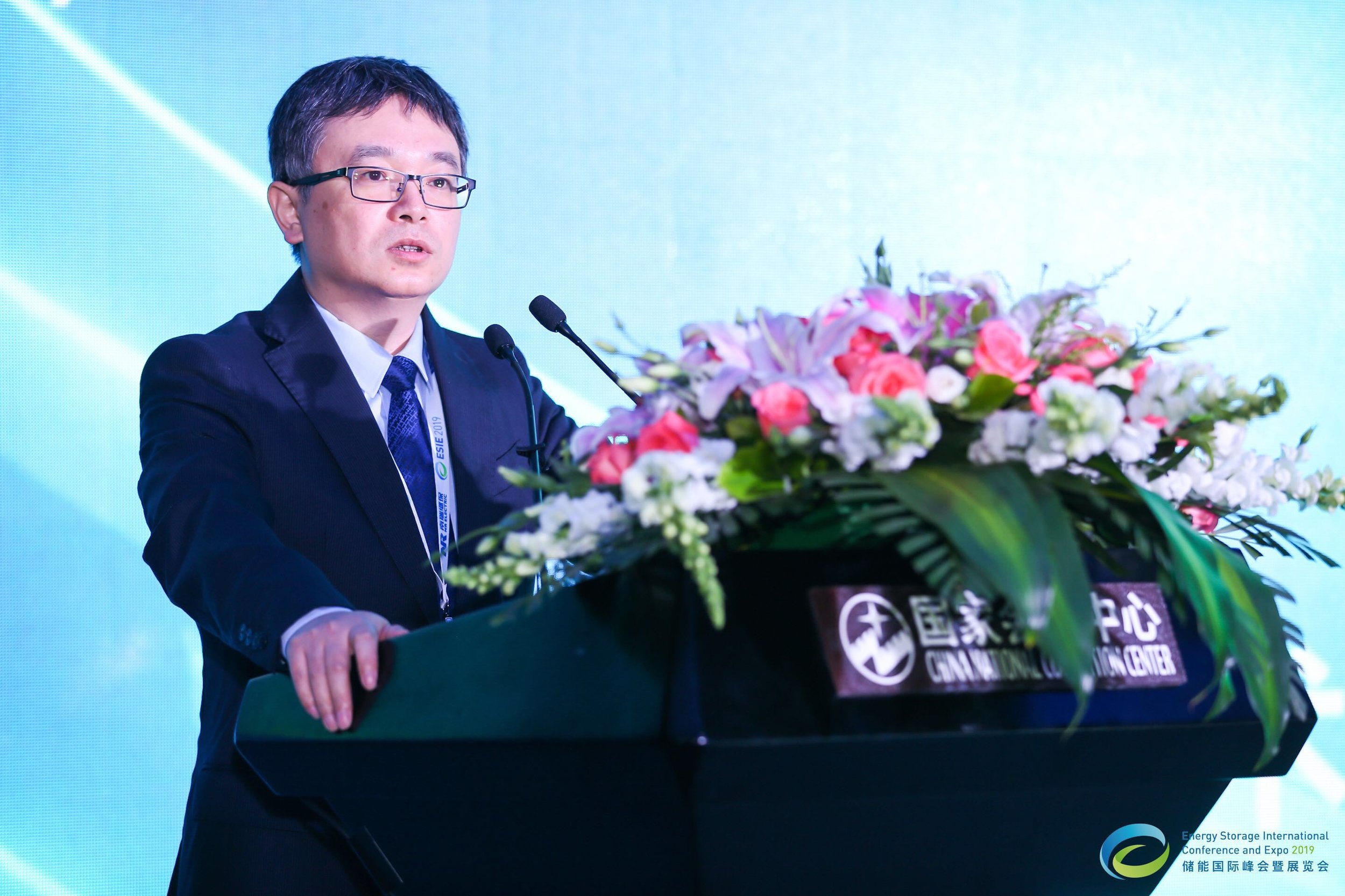Recently, the Guangdong Development and Reform Commission released an announcement lowering electric power prices for 5G telecom stations. The announcement states that electricity fees for telecom stations including 5G stations across the entire province of Guangdong (excluding Shenzhen) would be billed at the general I&C price rate. In addition, Guangdong 5G may volunteer to participate in peak and off-peak pricing plans, at a maximum price difference of 0.77 RMB/kWh. For the energy storage industry, this announcement is good news.
5G technology has been moving forward with great momentum. For Li-ion batteries, 5G presents new room for development opportunities. Below, we take a look at the commercialization of 5G, the history of development from 1G to 5G in China, regional policies and plans related to 5G across China, and the opportunities which 5G offer to energy storage.
5G Enters the Commercial Market
On June 6, China launched its first commercial licenses for 5G, accelerating the construction of new 5G infrastructure.
On September 9, China Unicom and China Telecom each launched public statements announcing their signing of the “5G network co-construction and sharing framework cooperation agreement,” a plan to develop a 5G-connected network nationwide.
On October 31, Ministry of Industry and Information Technology Director Chen Zhaoxiong spoke at the 2019 China International Telecommunications Exhibition, announcing the official launch of commercial 5G with plans for 130,000 5G stations to be launched in Beijing, Shanghai, and other major cities by the end of the year. The announcement symbolized the start of a new era of consumer telecom services led by 5G. That evening, Shanghai Mobile held an opening ceremony for its 5000th 5G station, officially opening a 5G base station located atop a building at 21 Yuanmingyuan Road. The ceremony marked a new milestone in 5G construction for Shanghai.
As we enter 2020, China’s three main telecom operators are sparing no effort to implement the construction of 5G networks and services.
From 1G to 5G, Innovation Brings Development
To understand the development of 5G, it is worth understanding how it is grown from the foundation of 1G. In 1987, China formally entered the 1G era. Classic “brick phones” made an impression on the populace, but China had no core technologies or standards of its own. In 1994, 2G appeared in China. Text messaging became possible, and cell phones became more readily available. In 2009, the Ministry of Industry and Information Technology began releasing commercial licenses for 3G, allowing higher bandwidths and more stable transmission speeds, making mobile internet a reality. Domestically manufactured mobile phones also began to appear. 2013 saw the release of the first commercial licenses for 4G. China’s domestically researched TD-LTE standards saw widespread use, ushering in mobile payments, short video sharing, and other new mobile capabilities.
China has come a long way since the 1G era. The successful development of 5G in China depends on holistic design and planning from the national government, and innovative business practices from private industry.
Provincial Policies Continue to Benefit 5G, and 11 Cities Release Base Station Construction Schedules
Throughout 2019, many regions have issued opinions on further supporting the construction and development of 5G communication networks, calling for acceleration of network construction. Such documents include the “2019-2021 Action Plan for the Development of the 5G Industry in Hubei,” “Implementation Plan for Promotion of 5G Telecom Networks in Guizhou,” Gansu province’s “Suggestions for Increasing Support of 5G Telecom Network Construction & Development,” and others. With support from multiple local governments, China is experiencing a vigorous period of 5G network construction. 11 cities have already issued 5G telecom station construction schedules. With so many regions across the country working to develop 5G networks, total domestic coverage should not be far away.
5G Telecom Station Development Schedules:
Beijing: estimated that by the end of 2019, over 10,000 stations will be constructed across the city. By 2021, all key functional areas should be covered.
Shanghai: 10,000 5G stations are expected to be completed by the end of 2019. Accumulated construction is expected to reach 20,000 in 2020, achieving total 5G coverage by the end of the same year.
Guangzhou: the city has set a goal of constructing no less than 20,000 5G stations by the end of 2019. By 2021, the city aims to have completed 65,000 5G stations, with full coverage across the city’s central and key areas.
Shenzhen: 15,000 5G stations are planned for completion by the end of 2019. By the end of August 2020, the city plans to have full citywide 5G coverage.
Wuhan: over 20,000 5G stations are planned for construction by 2021, with total city coverage expected the same year.
Hangzhou: over 10,000 5G stations are planned for construction before the end of 2019, with total 5G signal coverage by 2020.
Chongqing: 10,000 5G stations are planned for completion by the end of 2019. The city hopes to achieve full 5G coverage over its city center by 2022.
Tianjin: over 10,000 commercial 5G stations are planned for construction by 2020.
Suzhou: 5000 5G stations are planned for construction before the end of 2019. Over 23,000 5G stations are to be constructed before the end of 2021, with a goal of providing over 85% of the city with 5G coverage by the end of the same year.
Zhengzhou: initial steps for developing full 5G coverage will begin in 2019.
Shenyang: full 5G coverage is planned for key areas in Shenyang and Shenfu New District by the end of 2019.
As 5G becomes more widespread and the construction of 5G stations speeds up, the demand for Li-ion energy storage batteries will also increase. The Li-ion industry chain is now actively working to meet the new standards needed for 5G.
Opportunities & Challenges for Li-ion Batteries
The demand among 5G base stations for energy storage batteries provides the entire energy storage industry an excellent opportunity for development. At a recent CNESA salon on 5G, Zhang Xin of East Group Co. expressed that establishing a 5G network requires many changes to the energy system. Aside from peak shaving strategies, efforts must also be made to prepare for increased system stability requirements. Whether using a UPS to keep important devices powered on, or supporting energy intensive equipment during peak periods, energy storage can help to increase stability and increase the quality of the power supply. In remote areas where the supply of grid electricity can be unreliable, energy storage is also a valuable supporting tool.
Of course, for the energy storage industry, 5G presents both challenges and opportunities. One example is battery safety. As Li Gang of Svolt expressed, 5G telecom stations have an electricity use rate 2-3 times that of 4G stations, and backup power requirements at least double that of 4G. High quality-to-price ratio second-life batteries are an obvious choice as a backup power supply source for 5G stations, yet in recent years safety concerns regarding battery energy storage have become more apparent. Second-life batteries must place safety as priority. Narada Power Assistant Chief Engineer Li Bingwen expressed that the industry must emphasize the safety of 5G energy storage, noting that all safety issues will be preceded by indicators which the BMS must be able to detect and react to by immediately isolating any problematic batteries before the possibility of fires or thermal runaway.
During the forum, China Mobile Communications Design Institute Co. Research Consulting Director Li Yusheng commented on the problems facing energy storage batteries, stating that four requirements must be met when designing power sources for 5G stations. First, multiple energy sources should be used, thereby strengthening the ability to provide stable electricity. Second, intelligent operations and maintenance, thereby increasing operations efficiency. Third, digitalization of power for high density and efficiency. Fourth, “intelligentization” of batteries to derive maximum value from the full battery life cycle. Guo Qiming of Sacred Sun Co. also provided suggestions for 5G power sources, stating that what is first needed is LiFePo batteries that are highly safe, have high specific energy, small size, light weight, long lifespan, and a “smart” design. Second is the introduction of “blade power supplies” to save space and provide low-cost, reliable operations.
Will Li-ion Energy Storage Find its Next Opportunity in 5G?
China’s energy storage industry is currently experiencing a period of slowdown and adjustment after the enormous growth of 2018. New developments in Li-ion storage may be the key to injecting new vitality into the industry. Advances in Li-ion technologies and safety are necessary for continued growth of the Li-ion battery industry and allow for its contribution to the development of 5G networks.
As the 5G era enters commercialization, we hope that Li-ion batteries can continue to see new advancements, enjoy new growth potential, and provide new opportunities for development of the entire energy storage industry.






















































